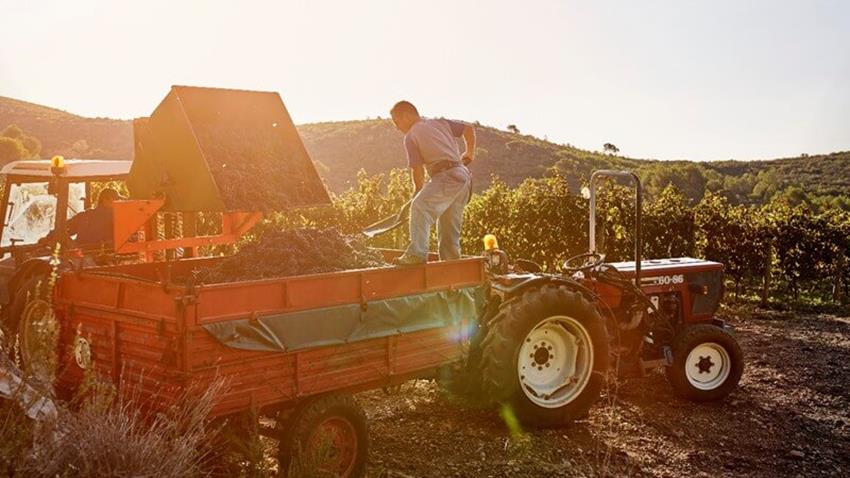
Australia imports more wine to the UK than any other nation and a large chunk of that runs through the On-Trade. Consumers have long enjoyed a love affair with wines from the antipodes. Australia produces big blusterous Shiraz, intensely fruity Cabernet Sauvignon and crisp Chardonnay wines, in many cases creating some of the world’s finest examples of the varietals.
We have a long history and close links with producers spreading the width and breadth of the southern nation. Our wine buying team were keen to strengthen these ties in our latest wine range and have added some exciting new producers. We’re overjoyed to welcome the wines of St Hallett, Petaluma and Stonier into the Matthew Clark list. Let’s get to know them, and some of their wines, a little better.
St Hallett
The Lindner family established a St Hallett, a Halliday 5 star winery, in 1944. Its initial focus was the production of fortified wines. The first vintage of Old Block Shiraz came in 1980, and its success accelerated a shift of focus towards the premium table wines St Hallett is known for today.
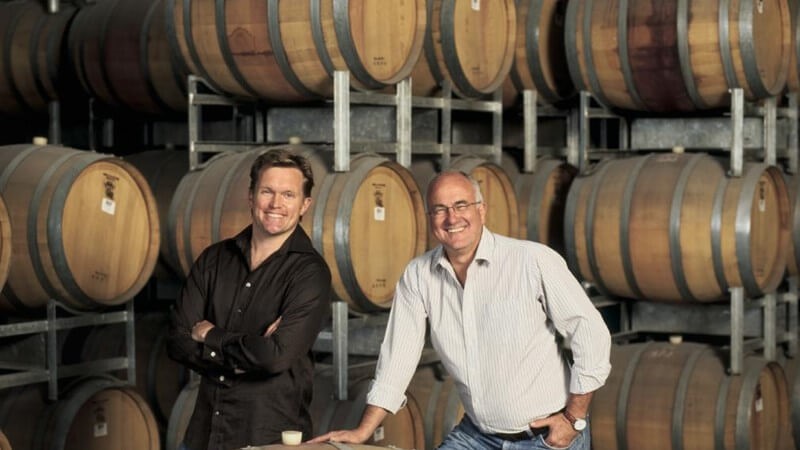
St Hallett recognised the value of conserving the old vines and concentrating on the principal varieties for the Barossa region – mainly Shiraz. Strong long-term ties to dedicated growers provide St Hallett access to the Barossa’s most prized vineyards in subregions such as Seppeltsfield, Ebenezer, Krondorf, Moculta and Eden Valley to name a few, some of which date back over 100 years.
Building up a deep understanding of the rich tapestry of sites and climates in the Barossa and preserving the integrity of these individual growers’ parcels of fruit has always been the St Hallett philosophy. Tailoring fermentation and maturation to each plot reveals the rich textures, depth, and diversity of Barossa Wine.
When winemaker Stuart Blackwell took over as the Old Block custodian in the eighties, he first set about understanding Barossa and it's most precious assets before he looked to evolve the style of St Hallett’s flagship wine. In 2006 he handed over the hands-on winemaking to Toby Barlow, who brings with him a diverse range of winemaking experience, having worked in wineries in Central Victoria; New Zealand; Oregon; and the Rhône Valley. Toby’s considered, thoughtful approach, coupled with his genuine passion for innovation ensures that this outstanding wine continues to be recognised as world class.
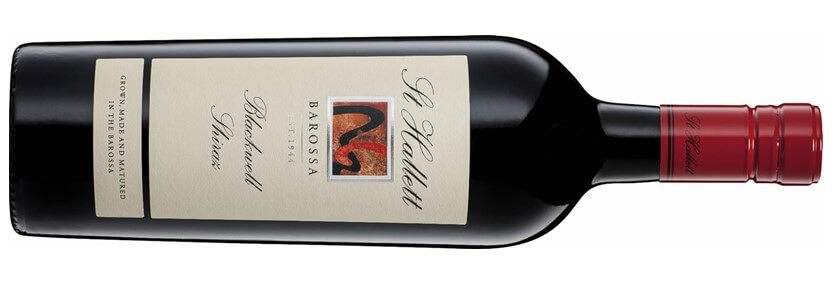
One of the many picks from the winery is the St Hallett Blackwell Shiraz, Barossa. The grapes are sourced from vineyards planted in the parishes of Ebenezer, Greenock, and Seppeltsfield. These parishes are in the northwest of the Barossa Valley at relatively high elevations between 250 metres and 310 metres above sea level. Each parcel is processed separately, employing years of accumulated knowledge of these vineyards and their characters.
The pump over regime and temperature of the ferment varies across the blocks and can also change with the vintage conditions. Time spent on the skins is typically in the range of 8 to 12 days, and the ferment temperatures range from 20 to 30°C. Once the wine is judged to have achieved balance, it is pressed off the skins and goes directly to barrel. The barrel age and the cooperage it comes from is selected for each parcel; this provides complexity and balance in the finished blend. The wine shows dominant aromas of blackberry, cocoa, and nutmeg; the palate is opulent and full-bodied with black forest gateau flavours and a long, intense finish.
Petaluma
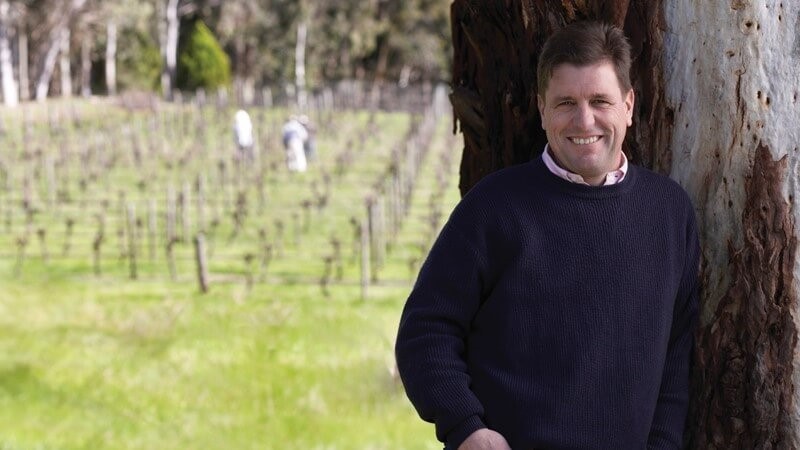
Petaluma was founded in 1976 by Brian Croser, with the sole objective of producing ultra-premium wines. He achieves this through a careful selection of the best sites within a particular Australian region suited to a chosen variety, thus creating the concept of Petaluma’s “Distinguished Vineyards”. Also a Halliday 5 star winery, Petaluma sources its grapes from carefully selected vineyards in the Adelaide Hills, Piccadilly Valley, Clare Valley and Coonawarra in South Australia.
Andrew Hardy is a highly respected Australian winemaker who has been at the helm of Petaluma since 2004. Andrew commenced his winemaking career at Petaluma in 1982, before going on to work vintages in Oregon and Bordeaux. Known for his elegant winemaking style and engaging manner, his vision is to craft wines of longevity and charm that are an accurate reflection of the beauty of Petaluma’s remarkable vineyards. His Hanlin Hill Riesling 2009 was awarded two trophies at the Hong Kong International Wine Competition for Best Riesling and Best New World Riesling.
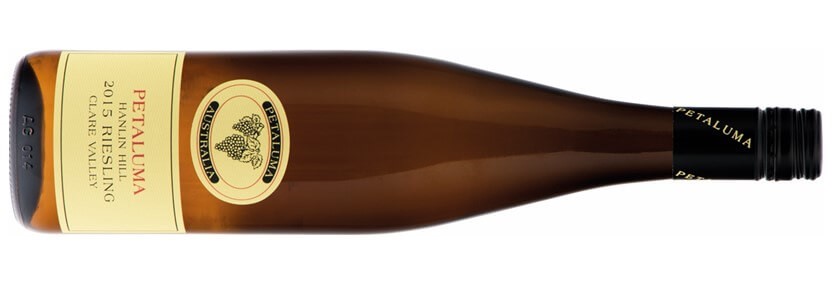
If we are to choose just one wine to highlight, it has to be the Petaluma Hanlin Hill Riesling, Clare Valley. The Hanlin Hill vineyard was planted in 1968 and is on a west-facing slope on the eastern edge of the Clare Valley. The soils are predominantly red loam over slate, and the vines run up to 550 metres above sea level. This vineyard produces grapes that make very full-flavoured, dry slatey minerally Rieslings.
The grapes are harvested by hand, de-stemmed, crushed and chilled before being gently pressed, only the free run juice is used. Fermentation takes place in stainless steel, and the wine is allowed to cold settle for a month before filtration and bottling. The result is a bottle of wine that shows bright floral aromas, citrus peel and orange blossom with a hint of tropical fruit; the palate is lively with a vibrant lime marmalade character.
Stonier
One of the first wineries on the Mornington Peninsula and a Halliday 5 star winery, Stonier was established in 1978 by the Stonier family, pioneers of Pinot Noir and Chardonnay in this coastal region. Stonier crafts elegant Chardonnay and Pinot Noir wines from some of the Mornington Peninsula’s oldest vines.

Cradled between two bays and close to the Bass Strait, the cool maritime climate provides ideal conditions for these early ripening varieties, Stonier’s small plots, dotted across the rolling hills, offer an array of aspects. The individual vineyards catch either the morning or afternoon sun, but all are protected from the oceanic winds. The maritime climate with its cool to cold nights ensures the grapes retain the acidity essential for Pinot Noir and Chardonnay.
With a deep understanding of terroir and a compelling blend of viticultural and winemaking knowledge, Chief Winemaker Mike Symons aims to continue the evolutionary path of Stonier’s beautifully expressive wines. Mike’s focus is on producing Pinot Noir and Chardonnay wines of structure, elegance, and complexity. He spends the majority of his time managing the vineyards, ensuring that the vines are balanced, fruit exposure is optimal and gaining extra insight into the different personalities of the Stonier vineyard sites within the Mornington Peninsula.
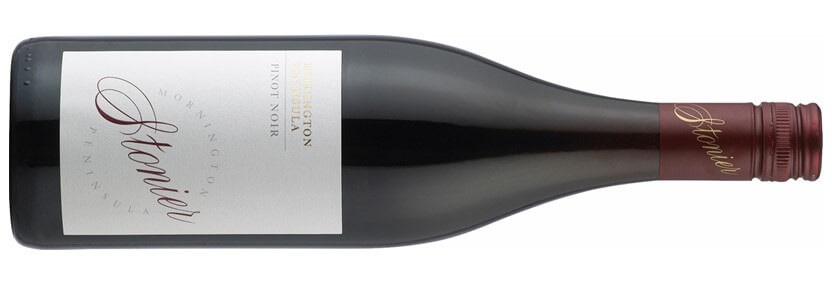
Stonier Pinot Noir, Mornington Peninsula is made from a selection of Pinot Noir parcels harvested from many vineyards across the peninsula but focused towards the region’s colder south near the small town of Merricks. The handpicked fruit was mostly de-stemmed into small open two and three tonne fermenters, with daily hand plunging and gentle pumping over during fermentation. Approximately 5% of the fruit is fermented in separate two-tonne fermenters as whole bunches.
Once completed, the wine was pressed to a mix of fine grain French oak puncheons and barriques (15% new) for the malolactic fermentation and maturation. A portion of the final blend was also retained in stainless steel tanks, to promote vibrancy in the wine. Black cherry and rose greet the nose; the palate has a strong core of dark to red fruits, with hints of dark chocolate and fennel spice, the tannins are supple and well integrated.
Discover our full range of Australian wines here or click here to view our 2018-19 Wine List. Don’t forget we’re here to support you with everything you need to ensure that your wine range is a success, from free menu design and print services to staff training.

